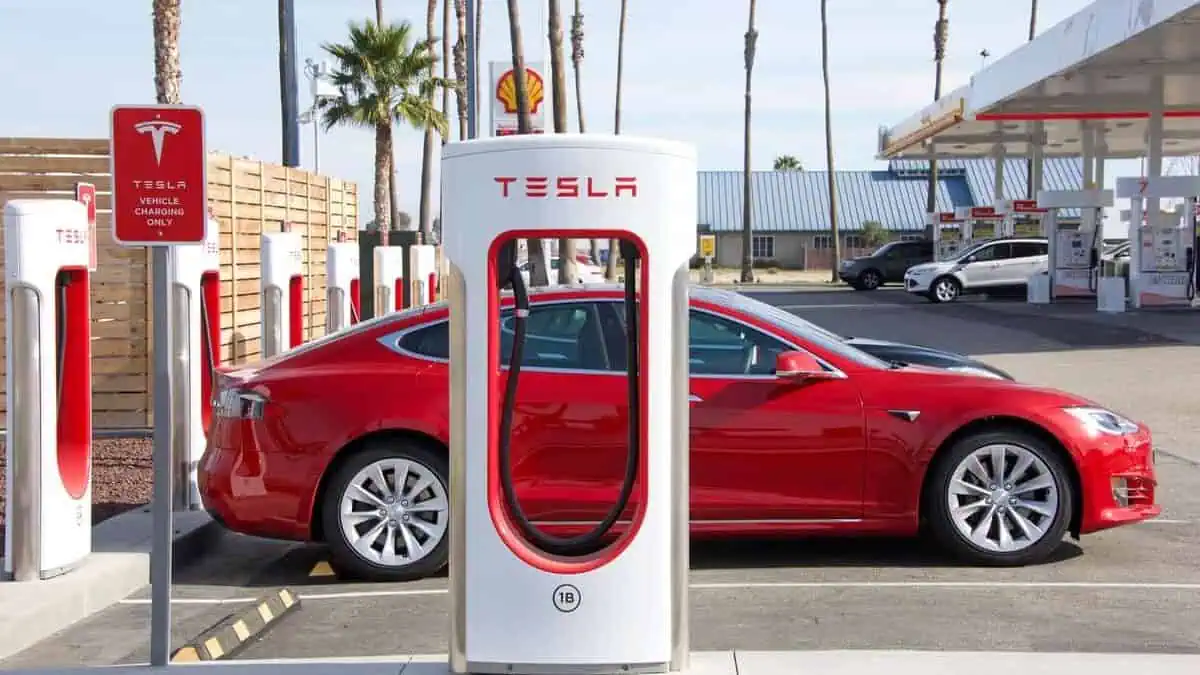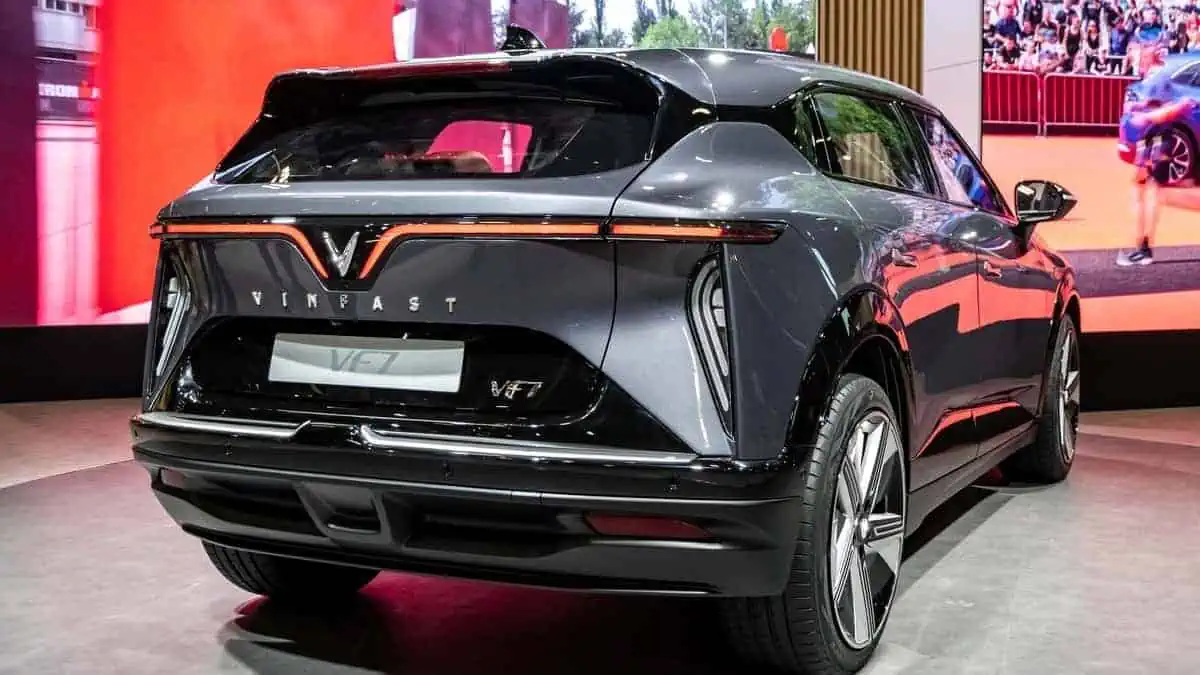Governments worldwide have been promoting the shift to electric vehicles to aid their net zero emission targets, particularly in the United States. However, the people must first be convinced that they would have sufficient charging infrastructures.
CleanTechnica reported that the top 15 US states with the amplest number of EV charging stations per resident were determined by a recent analysis from CoPilot Research.
Based on the data from the US Department of Energy’s Alternative Fuels Data Center, traditional “blue” states now have the highest EV chargers per capita. The ranking of these states is as follows:
| Rank | State | EV chargers per 100k population | Total EV chargers | Level 1 chargers | Level 2 chargers | DC fast chargers |
| 1 | Vermont | 139.7 | 871 | 71 | 725 | 75 |
| 2 | California | 104.7 | 41,225 | 676 | 33,690 | 6,817 |
| 3 | Massachusetts | 70.7 | 4,871 | 74 | 4,369 | 428 |
| 4 | Colorado | 68.5 | 3,978 | 89 | 3,307 | 582 |
| 5 | Utah | 60.9 | 1,978 | 17 | 1,722 | 239 |
| 6 | Rhode Island | 59.4 | 628 | 82 | 509 | 37 |
| 7 | Hawaii | 59.2 | 833 | 30 | 724 | 79 |
| 8 | Oregon | 57.5 | 2,439 | 88 | 1,917 | 434 |
| 9 | Maryland | 56.4 | 3,416 | 47 | 2,785 | 584 |
| 10 | Washington | 56.3 | 4,328 | 218 | 3,394 | 716 |
| 11 | Maine | 46.6 | 629 | 24 | 470 | 135 |
| 12 | Nevada | 43.1 | 1,353 | 16 | 993 | 344 |
| 13 | Connecticut | 40.2 | 1,430 | 76 | 1,040 | 312 |
| 14 | New York | 39.4 | 7,621 | 42 | 6,733 | 846 |
| 15 | Virginia | 38.4 | 3,301 | 247 | 2,296 | 758 |
New York is ranked second overall in EV charging stations. Interestingly, it was only 14th in the top 15 “Per Capita” list. Vermont comes first, followed by California, Massachusetts, and Colorado.
Apart from the ranking, CoPilot’s report has also revealed some intriguing facts.
California has exactly 1/3 of all EV charging stations in the country
California holds more than 30% of EV charging stations. That is an amazing share, as the state comprises only 12% of the US population. Undoubtedly, California continues to lead the way in the electrification of the automotive industry. In fact, it has some of the strictest auto emissions regulations in the nation. Apart from that, it is the homeland of leading electric vehicle makers like Tesla, Rivian, and Lucid Motors.
Additionally, the Californian government provides up to $7,000 to qualifying EV customers who meet the state’s income requirements. As of earlier this year, California had the greatest rate of EV ownership of any US State, accounting for almost 39% of the total.
High-speed chargers make up just 1 in 5 chargers
An average driver can get a substantial range overnight with a basic 110V level 1 charger or a 220V level 2 charger. Therefore, level 2 charging stations seen in shopping centers and on the street that operates at 10 to 20 MPH are likely adequate.
However, only high-speed level 3 chargers (DC Fast Chargers) can recharge your battery rapidly enough to get you back on the road while you are on a trip. Tesla has been leading the market for this technology with its worldwide Supercharger network.
Meanwhile, Electrify America and other providers are reportedly accelerating the deployment of DC Fast charging stations in preparation for rising demand.
Dramatic increase in charging stations in just 13 years
The number of EV charging stations in the US was less than 500 in 2009. Meanwhile, the number of EV charging ports nationwide at the end of 2021 was above 115,000. The total had increased to about 140,000 EV charging points as of November 2022.
The numbers are expected to rise even more as automakers gradually shift to electric mobility. Furthermore, the Inflation Reduction Act also allots $7.5 billion towards developing a nationwide network of electric vehicle charging stations.
By 2030, there should be 500,000 public and private EV chargers, per the government funding plan.
West Virginia lags in EV infrastructure
There are now 371 EV charging stations in West Virginia, with a population of 1.783 million. Accordingly, there is only one private/public EV charging port for every 4,800 people.
Notably, the availability of public or private charging stations is not particularly important if you are a homeowner with access to a power outlet. However, public infrastructure support is a powerful indicator of how popular (or unpopular) EVs are right now in each state.






